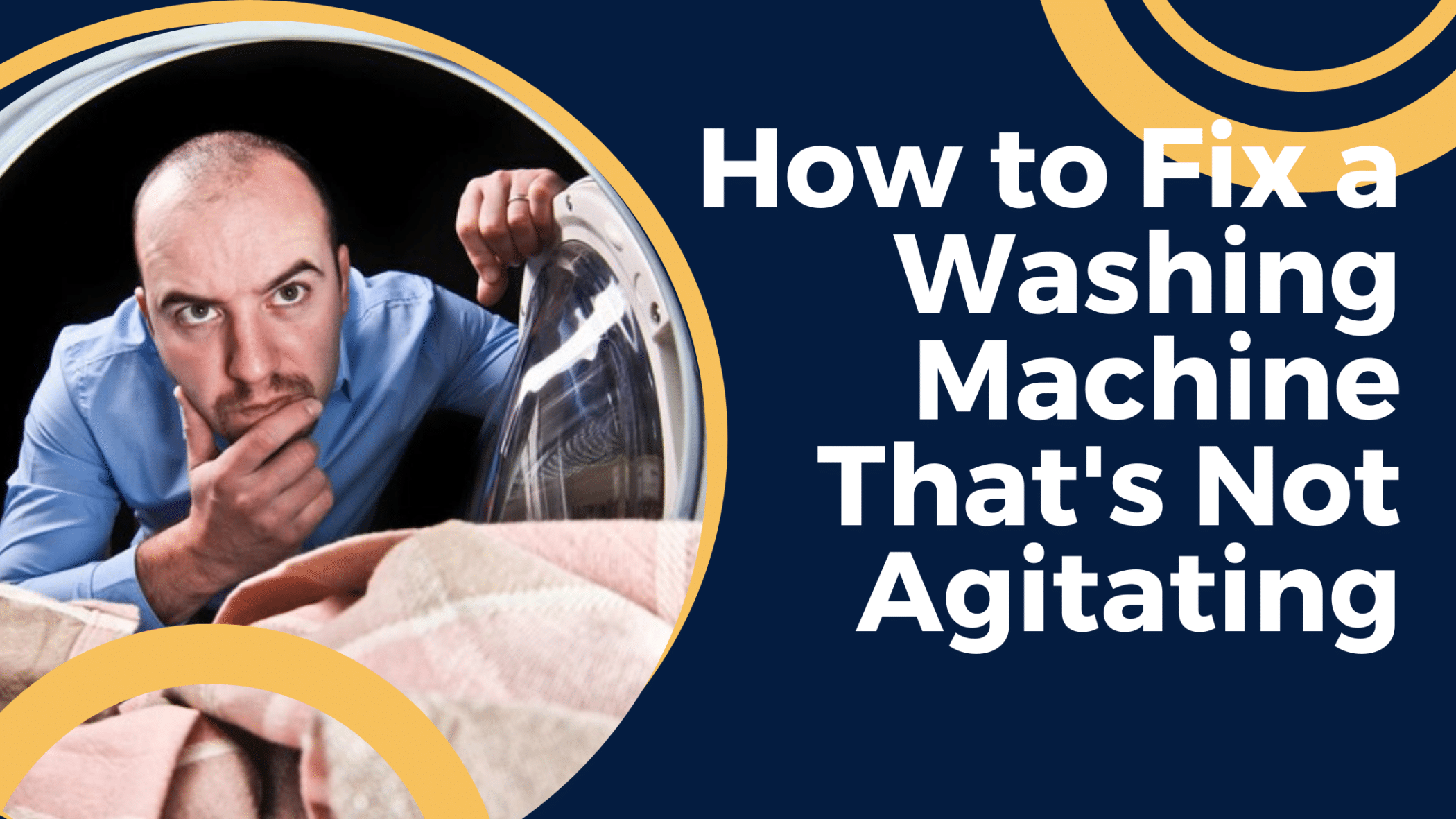Table of Contents
Understanding the Agitation Process
Agitation is an essential function of a washing machine, as it helps to loosen dirt and grime from clothes. The agitator is the part of the washing machine that moves back and forth or in a circular motion to agitate the clothes. If the washing machine is not agitating, it may be due to a few different reasons.
Check the Agitator Dogs
One of the most common reasons why a washing machine may not be agitating is due to the agitator dogs being worn out or broken.
Agitator dogs are small plastic pieces that allow the agitator to move in one direction and lock in the opposite direction. Over time, these plastic pieces can wear out, causing the agitator to stop moving.
To check if the agitator dogs are the problem, you’ll need to remove the agitator from the washing machine. This can usually be done by pulling up on the agitator or by removing a bolt that holds it in place.
Once you’ve removed the agitator, you should be able to see the agitator dogs. If they are worn or broken, you can replace them with new ones.
Check the Drive Belt
Another possible reason why your washing machine is not agitating is due to a broken or loose drive belt. The drive belt is responsible for transferring power from the motor to the transmission and pump, allowing the machine to agitate, spin, and drain.
If the belt is broken or loose, the machine may not be able to agitate properly .To check the drive belt, you’ll need to locate it on the bottom of the washing machine.
You may need to remove a cover or panel to access it. Once you’ve located the belt, check for any signs of wear or damage. If the belt is loose, you may be able to tighten it. If it’s broken, you’ll need to replace it.
Check the Lid Switch
The lid switch is a safety feature that prevents the washing machine from operating when the lid is open. If the lid switch is broken or malfunctioning, the washing machine may not agitate or perform other functions.
To check the lid switch, you can use a multimeter to test for continuity.To access the lid switch, you’ll need to remove the top of the washing machine or the control panel.
Once you’ve located the switch, disconnect it and use the multimeter to test for continuity. If there is no continuity, the switch may be broken and need to be replaced.
Other Possible Causes
If none of the above solutions work, there may be other reasons why your washing machine is not agitating. These could include:
- A malfunctioning transmission
- A faulty timer
- A problem with the motor
- A clogged pump or hose
If you’re not comfortable troubleshooting these issues on your own, it’s best to call in a professional appliance repair technician.
Preventing Agitation Problems
To prevent agitation problems in the future, it’s important to take good care of your washing machine. Here are some tips to keep your machine running smoothly:
- Use the right amount of detergent: Using too much detergent can cause excess suds, which can interfere with the agitating process.
- Don’t overload the machine: Overloading the machine can put a strain on the agitator and other parts, leading to premature wear and tear.
- Clean the machine regularly: Dirt and debris can build up in the washing machine, affecting its performance. Clean the machine regularly to prevent buildup.
Replace the Agitator Dogs
The agitator dogs are small plastic components that grip onto the agitator to make it spin. Over time, these can wear out or break, causing the agitator to stop spinning.
To replace the agitator dogs, you will need to remove the agitator cap and the bolt that holds the agitator in place. Lift the agitator out of the machine and remove the agitator dogs. Install the new agitator dogs and reassemble the machine.
Conclusion
A washing machine that doesn’t agitate can be a frustrating problem. Fortunately, many of the causes of this problem can be easily fixed without calling a repair technician.
By following the steps outlined in this guide, you can troubleshoot and repair your washing machine, saving yourself time and money in the process.
Remember to always unplug the machine before attempting any repairs, and if you’re unsure about a repair, it’s always best to call in a professional.

